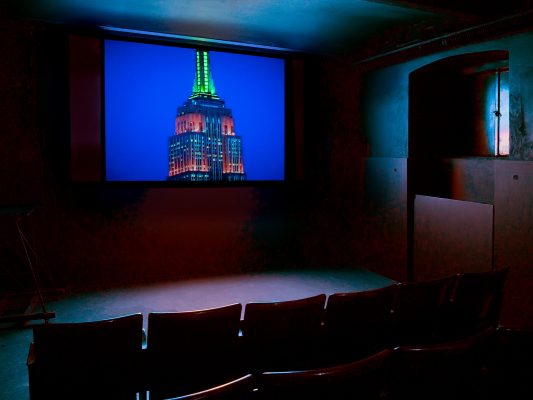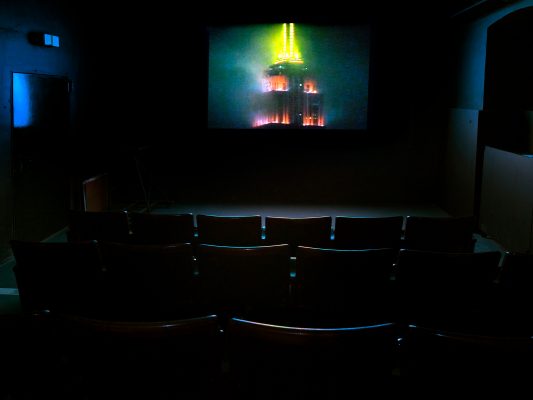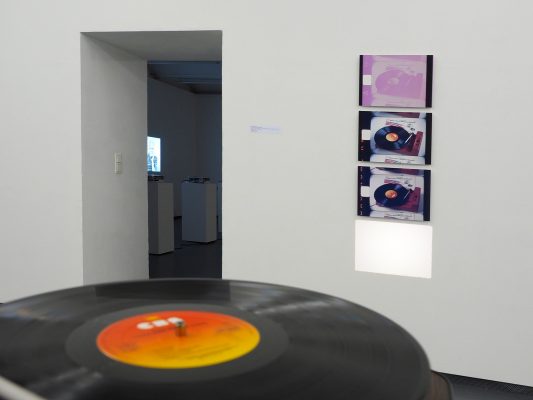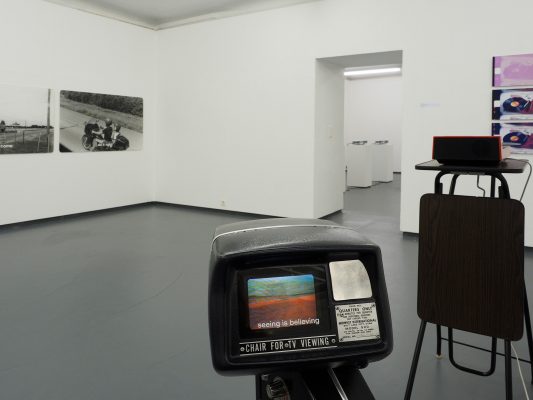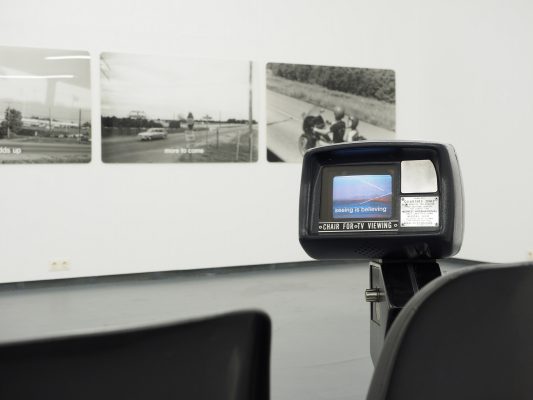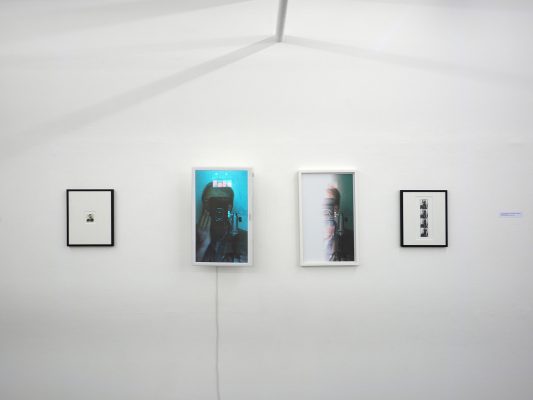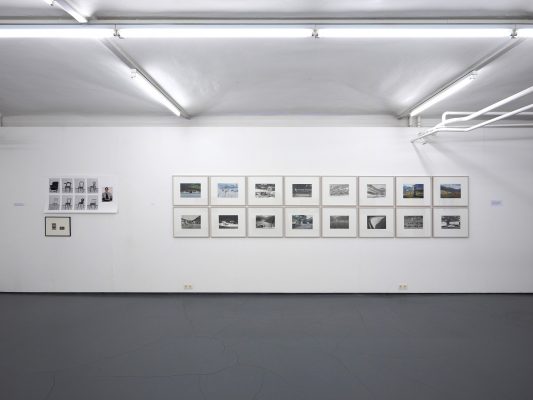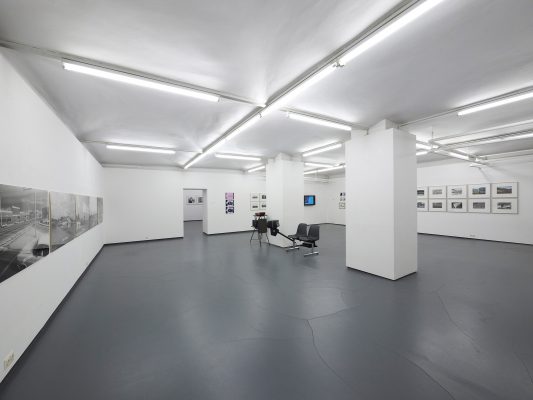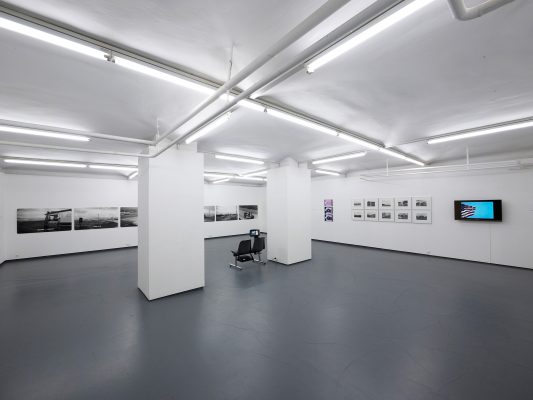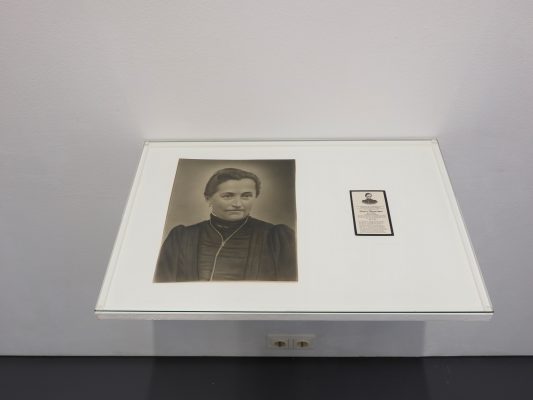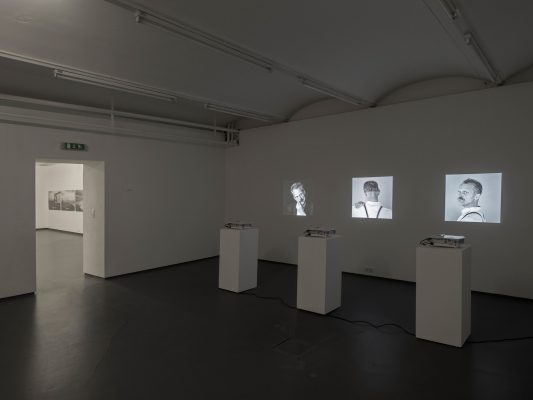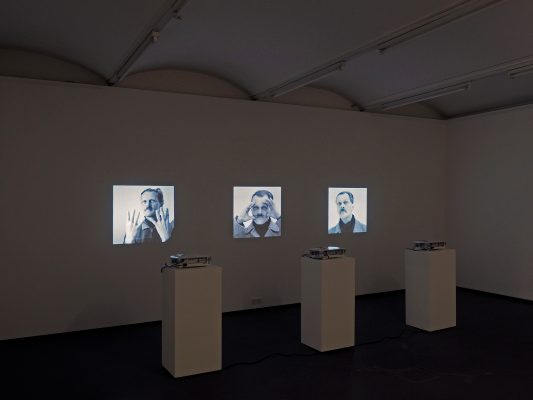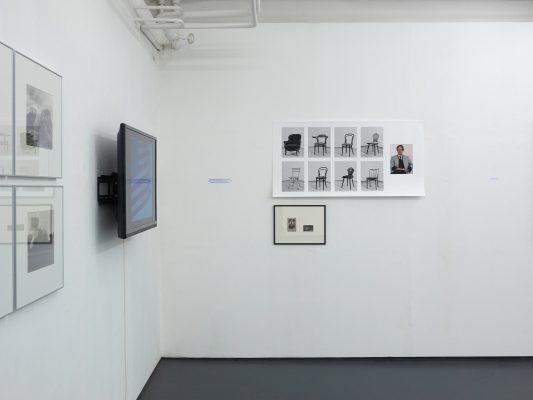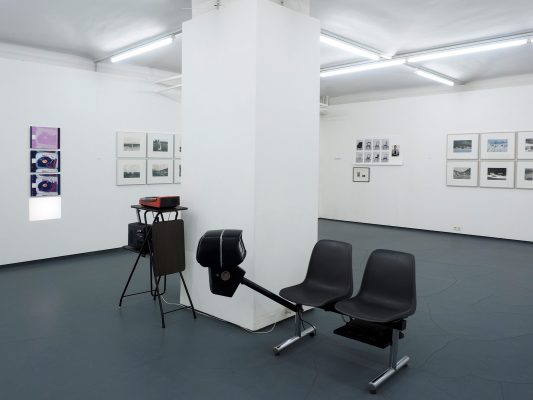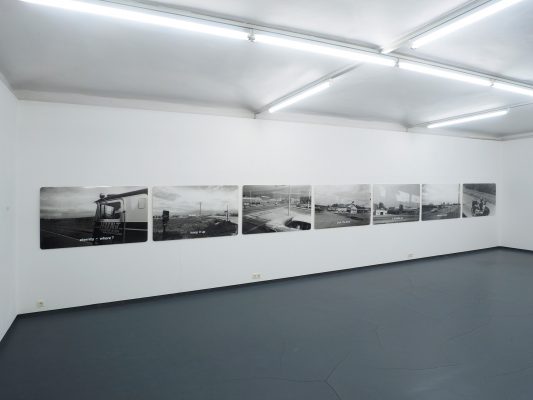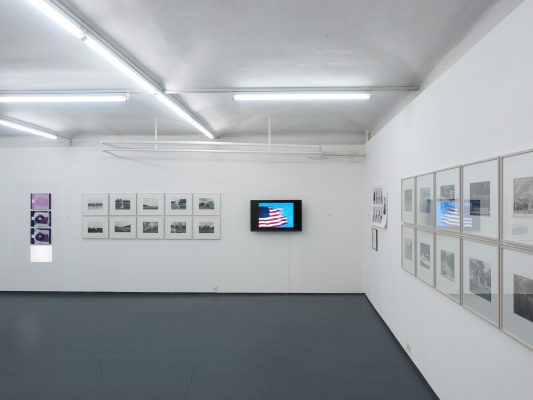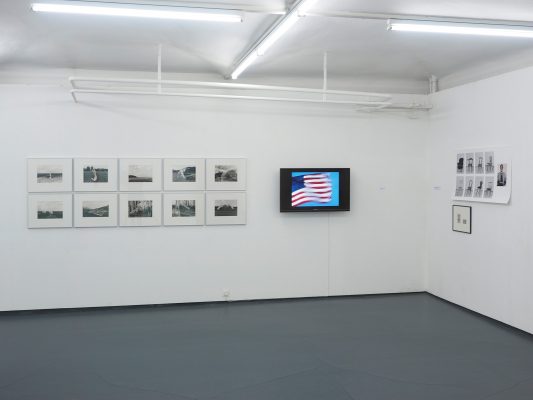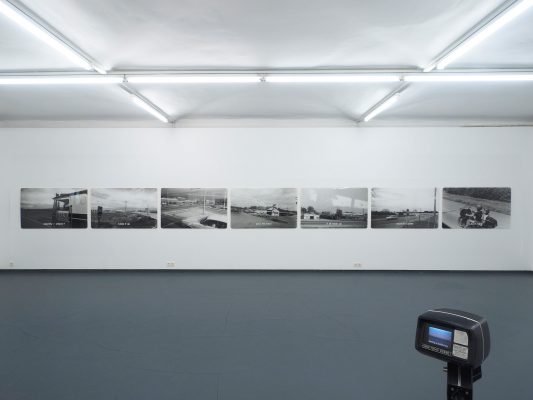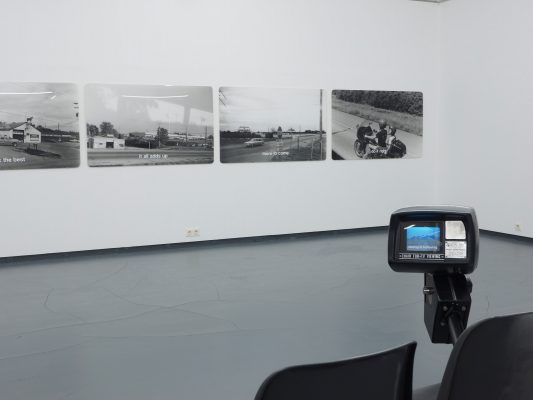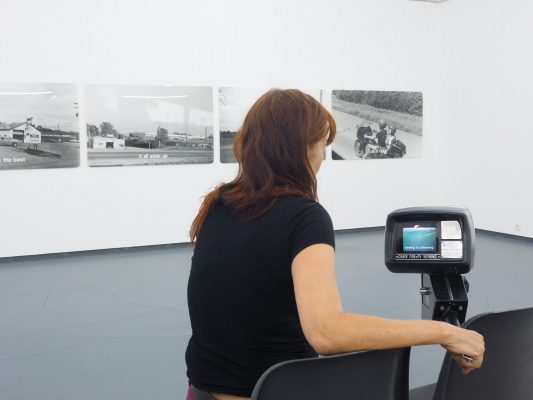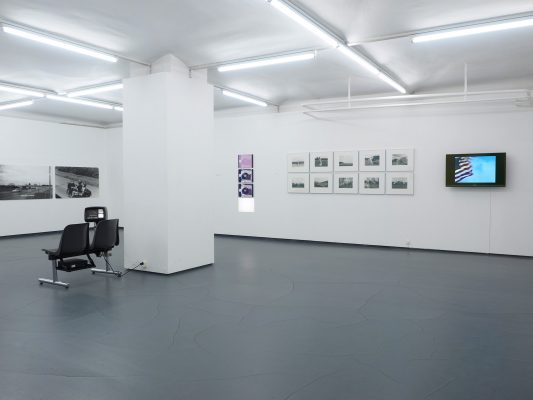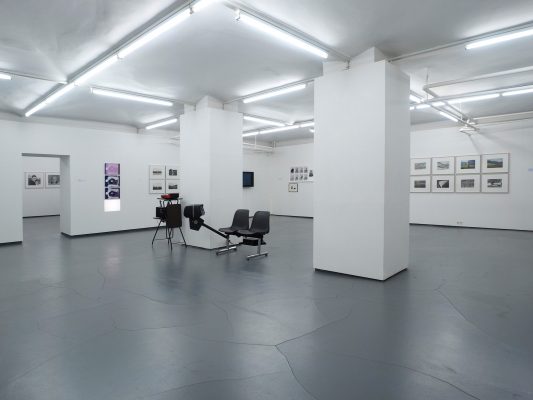Opening and catalogue presentation: Monday, 16 June 19.00 at 7 p.m.
Introduction: Ruth Horak
Workshop talk with Michael Mauracher: Wednesday, 16 July at 7 p.m.
Sponsored by: BKA Kunst; MA7-Kultur; Cyberlab
Cooperation with: Museum der Moderne Salzburg / Österreichische Fotogalerie / Fotosammlung des Bundes
WERKSCHAU XIX is the continuation of the annual series of exhibitions in the FOTOGALERIE WIEN which has been going on for the last nineteen years. They present contemporary artists who have significantly contributed to the development of art photography and the new media in Austria. To date there has been a cross section of work by Jana Wisniewski, Manfred Willmann, VALIE EXPORT, Leo Kandl, Elfriede Mejchar, Heinz Cibulka, Renate Bertlmann, Josef Wais, Horáková + Maurer, Gottfried Bechtold, Friedl Kubelka, Branko Lenart, INTAKT – Die Pionierinnen (Renate Bertlmann, Moucle Blackout, Linda Christanell, Lotte Hendrich-Hassmann, Karin Mack, Margot Pilz, Jana Wisniewski), Inge Dick, Lisl Ponger, Hans Kupelwieser, Robert Zahornicky and Ingeborg Strobl.
The FOTOGALERIE WIEN successfully invited Michael Mauracher to take on this year’s “Werkschau”. Born in 1954 in Klagenfurt, the artist grew up in Salzburg and lives here. He is a co-founder of Galerie Fotohof, Senior Lecturer at the Mozarteum University, Salzburg and Honorary Professor at the Academy of Visual Arts, Leipzig and will be showing a cross-section of his work from the late 1970s to the present. A catalogue will be published for the exhibition along with Fotoedition No. 13. The focus of the presentation is on the relationship of film and photography – the title is taken from the Werkbund exhibition of 1929, initially because of its succinct, denotative naming of the two mediums that greatly influenced the twentieth century –as well as on the autobiographical aspects of Michael Mauracher’s work and its inquiries which reflect on the two mediums.
The artist uses film where photography, the medium of motionless, silent images, reaches its limits: time is forced to a halt, movement represented and acoustics imagined. In accordance with this, Mauracher is attracted to motifs that concern these points: a continuous flow of images such as a travelling shot along a Greyhound route in the USA, the motif of a flag trapped in a fixed frame which, because of its incessant movement, can never be captured in a single “ideal image”, and a film shot such as that of a red portable record player, its movement sustained by the sound of Paul Simon’s hymn to Kodachrome, the legendary Kodak colour film which ceased production in 2005. The rarely-screened Super 8 short films and videos accompany the post 1982 photographic work. Travelling camera shots in real time, shots with immovable frames, or the correspondence between subject and image are recurring stylistic devices. There are also frequent reminders of photography per se, as when Mauracher watches photographers on observation deck of the Empire State Building attempting – in vain – to use flash to capture the New York skyline making it clear that “every flash stands for an unsuccessful image”. Ever since flash units have been built into cameras they have promised a more extensive world of images. But only within a radius of three meters. (Ruth Horak).
The autobiographical aspect in Mauracher’s work, researching and archiving his own family history, is to be found in his book, Talwärts (1993), and in his artist’s book, Und ein fremdes Mädchen (2007), where it is linked with world and photographic history. One of the characteristics of many of Mauracher’s works is the way that they relate images to each other: the old and the new, the personal and the collective. In doing so the artist remains intentionally objectively distanced, not as regards the narration but, rather, in the commentary made on photography itself. In Portrait of a Man, a study of an anonymous man over a period of more than three decades, the representational potential or expressiveness of the photographic image is questioned – one of many reflections on the media contained in the artist’s work.
(textual support: Ruth Horak)
